Turning Backyards into Wildlife Havens
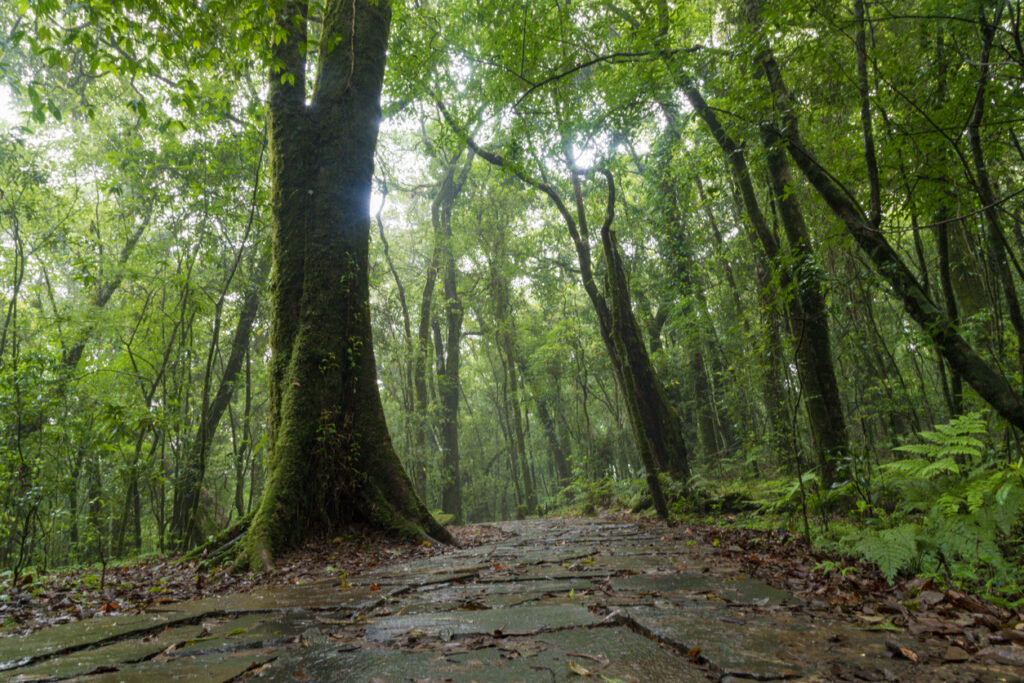
Across the U.S., a quiet revolution is taking root. Homeowners are swapping manicured lawns for native plants, buzzing pollinators, and vibrant ecosystems. This isn’t just a gardening trend; it’s a movement to rewild suburbia, and it’s transforming neighborhoods into thriving habitats. Curious about where this is happening and how it’s making a difference? Let’s dig in.
1. From Lawns to Life: The Suburban Rewilding Revolution
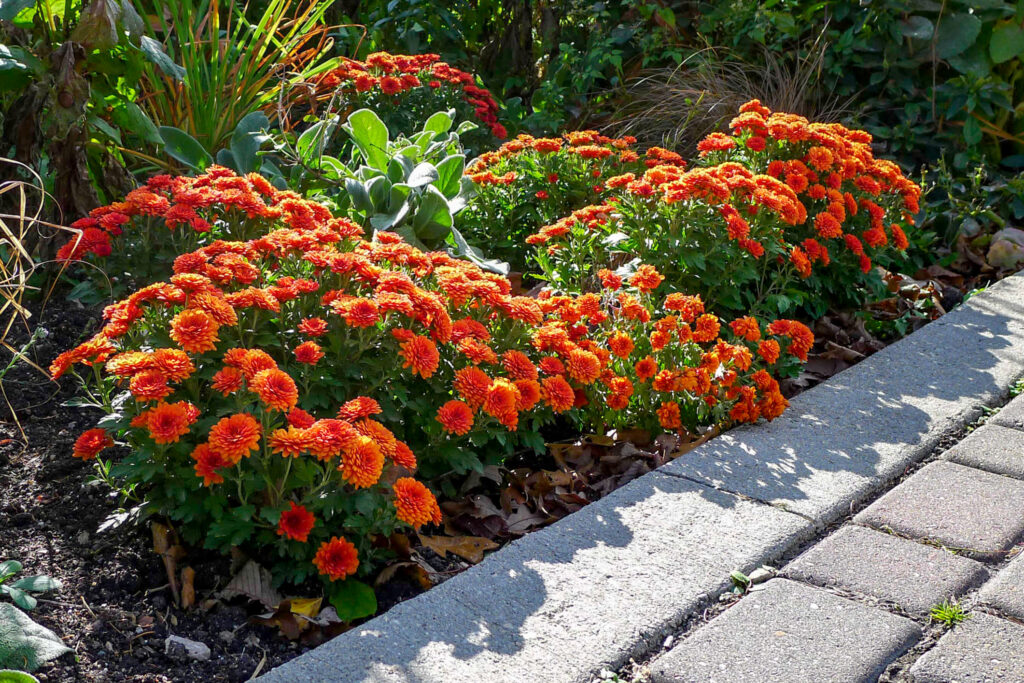
Traditional lawns, once symbols of suburban pride, are being replaced by native plant gardens that support local wildlife. This shift addresses the alarming loss of natural areas in the U.S., where between 2001 and 2017, 24 million acres were converted for development. By embracing native flora, homeowners are creating havens for pollinators and birds, enhancing biodiversity right in their backyards. According to World Economic Forum, projects aim to restore biodiversity in an ecosystem, by reintroducing animal and plant species.
2. The Power of Native Plants in Restoring Ecosystems
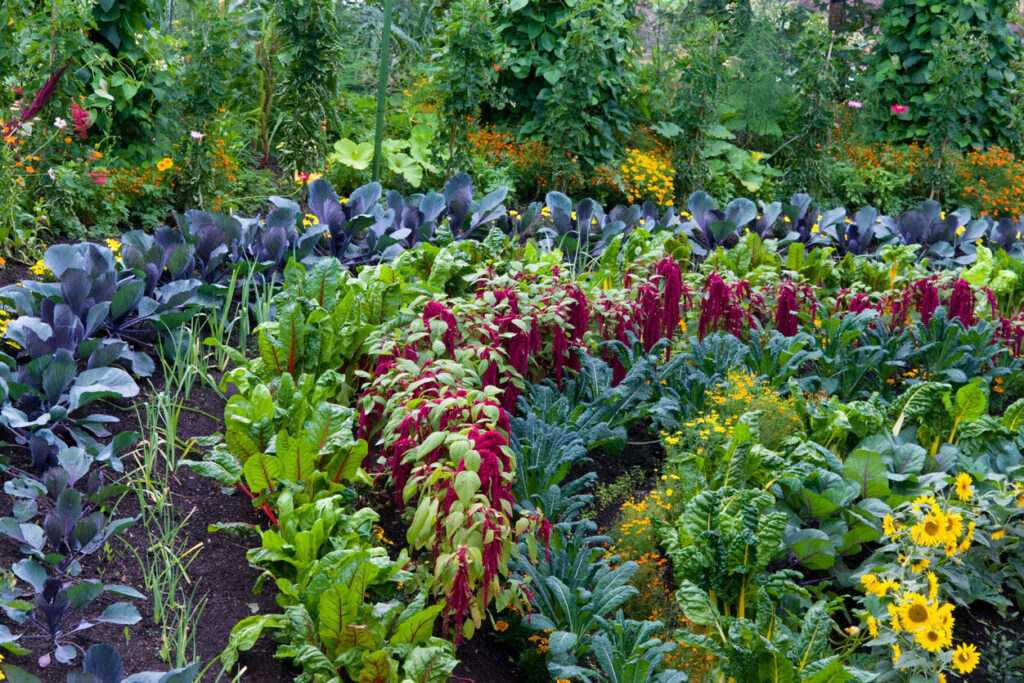
Native plants are the backbone of rewilding efforts. They require less water, resist local pests, and provide essential resources for native fauna. By planting species adapted to local conditions, suburban gardeners are fostering resilient ecosystems that can better withstand environmental stresses, contributing to overall ecological health. Ecological Landscape Alliance suggests that the amount of vertical mass that would be gotten from planting native trees, will improve the rewilding goal of 70% native plant biomass in leaps and bounds.
3. Community Initiatives: Rewilding at the Neighborhood Level
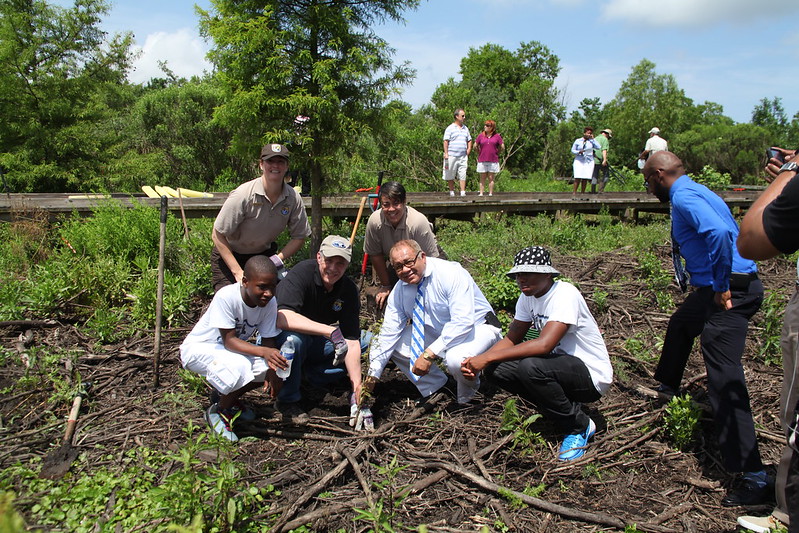
Rewilding isn’t just an individual endeavor. Communities are coming together to transform shared spaces. Initiatives like “No Mow May” encourage residents to let their lawns grow, providing critical habitats for early-season pollinators. These collective actions amplify the impact, turning entire neighborhoods into supportive environments for wildlife. Montgomery Magazine interviewed a couple who grow 173 species native to Maryland: 49 woody plants, including 19 trees, 25 shrubs, and five vines, with the rest being a mix of annual and perennial herbs.
4. Educational Outreach: Empowering Homeowners to Rewild
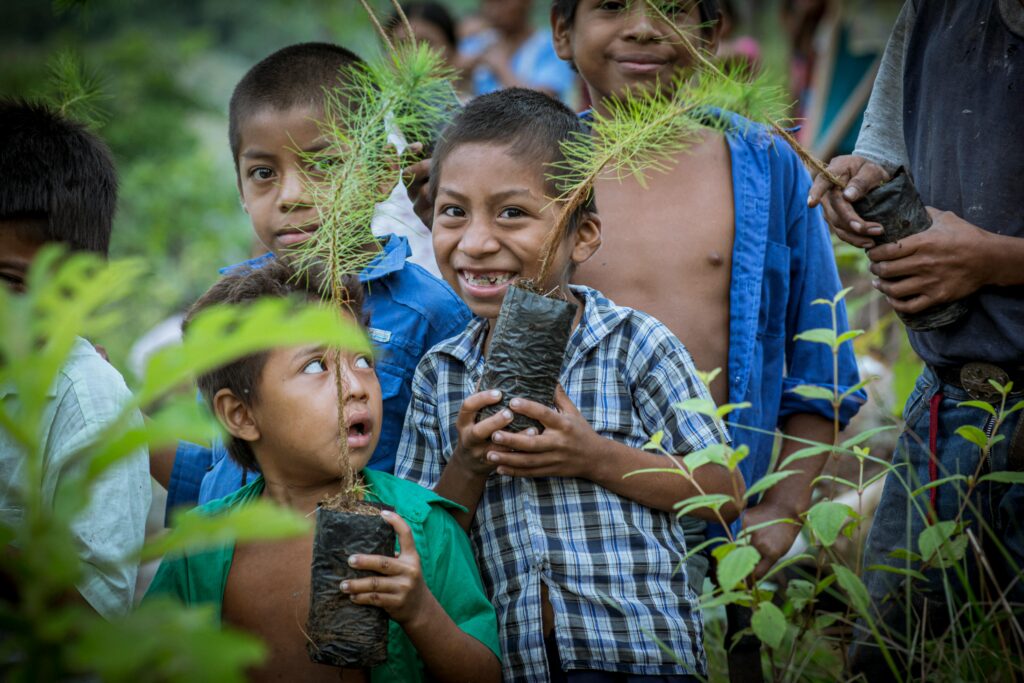
A major driver of suburban rewilding is education. Nonprofits, gardening groups, and local governments are helping homeowners learn how to transform their yards into functioning ecosystems. Online plant databases, workshops, and downloadable native plant guides make it easier than ever to get started. People are learning the difference between invasive species and beneficial natives, how to create wildlife corridors, and how small changes add up. Rewilding is not just for environmentalists. Once people understand the “why” and the “how,” they are eager to get their hands dirty.
5. Policy Support: Encouraging Rewilding Through Legislation

Laws and local policies are beginning to align with the goals of rewilding. In some cities, residents can now receive rebates for removing lawns and planting drought-tolerant native plants. Others have updated zoning laws to allow for more natural-looking yards without penalty. Some towns are banning harmful pesticides and herbicides, making it safer for beneficial insects and birds to return. These small but significant policy changes create an encouraging framework for individuals who want to make the leap but worry about legal restrictions or HOA pushback.
6. Success Stories: Suburbs Leading the Way in Rewilding
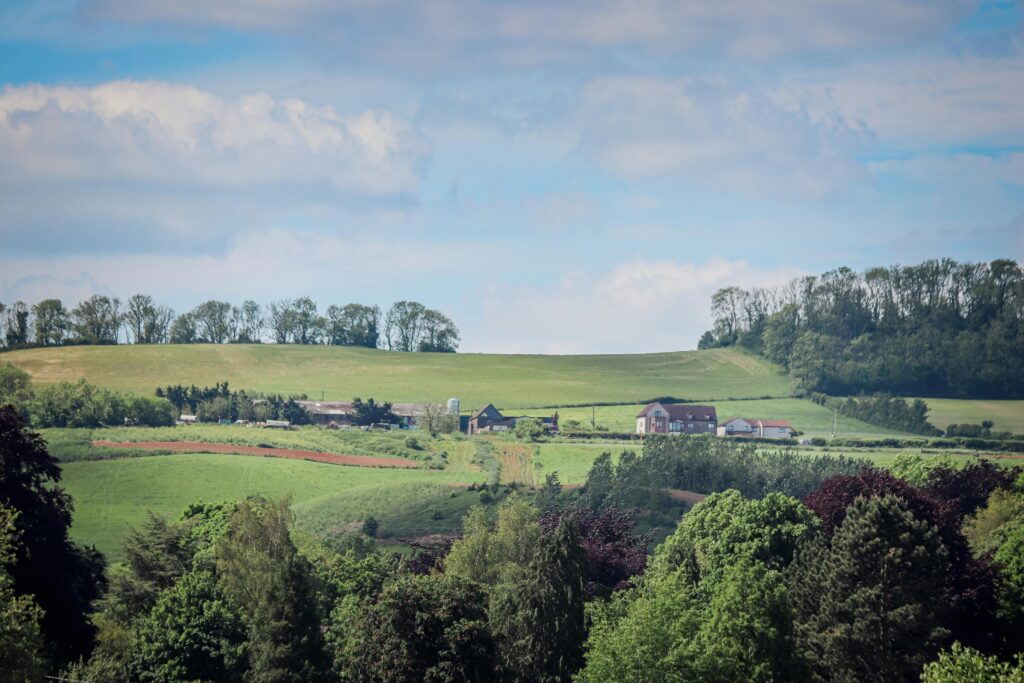
Some U.S. suburbs are already reaping the rewards of going wild. Montgomery County, Maryland, is a standout, with widespread participation in native plant projects and pollinator-friendly landscaping. Homeowners there report more butterflies, songbirds, and wildflowers than ever before. Elsewhere, cities like Boulder, Colorado, and Austin, Texas, have embraced community-wide rewilding goals and set aside funding to support homeowners. These stories are not isolated. They show that with a little guidance and community support, rewilding can succeed on a meaningful scale. The transformations are beautiful, and the benefits ripple far beyond backyard fences.
7. Challenges and Considerations in Rewilding Efforts
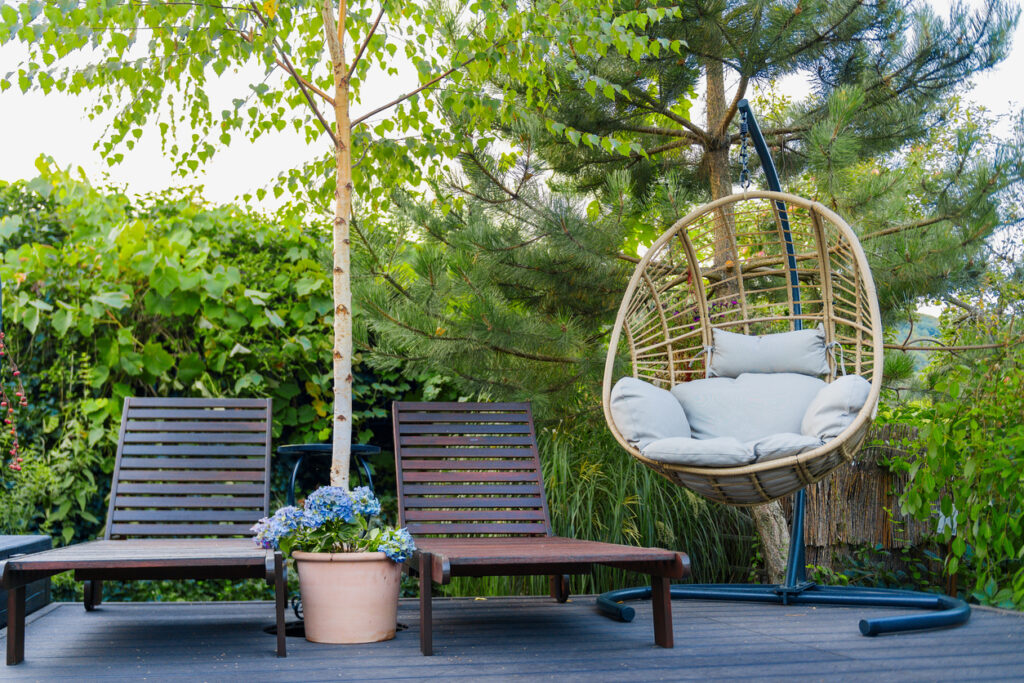
While rewilding offers huge benefits, it is not without obstacles. Some people face pushback from neighborhood associations worried about “messy” yards or lowered property values. Others struggle to find the right plants or feel overwhelmed by how to start. There is also a learning curve in distinguishing between wild-looking and neglected. Education and community dialogue are key to overcoming these hurdles. And once neighbors see the butterflies, hear the birdsong, and feel the difference, many turn from skeptics into supporters. Rewilding asks us to rethink beauty and embrace a bit of organized chaos for the sake of our environment.
8. The Future of Suburban Rewilding: A Call to Action
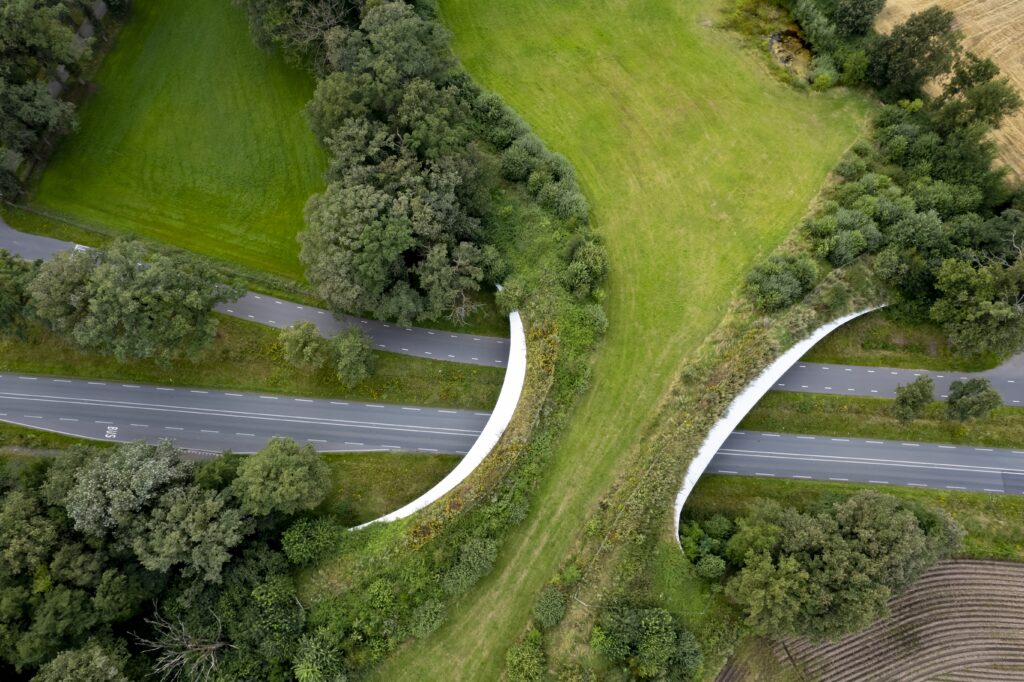
The rewilding of suburbia is more than a trend; it is a growing movement rooted in hope and healing. As climate change and habitat loss accelerate, individual action becomes more urgent and impactful. Rewilding empowers everyday people to make a difference by turning their own yards into ecological havens. Whether it is a corner of lawn, a balcony planter, or an entire garden bed, every square foot counts. The future could see more wild corridors, more citizen scientists, and more children growing up surrounded by the buzzing, blooming rhythms of nature. That future starts with one simple step: plant something native.
Ready to transform your yard into a thriving habitat? Start by researching native plants suited to your region, connect with local gardening groups, and consider participating in community initiatives like “No Mow May.” Share your rewilding journey with us. What changes have you made, and what wildlife have you welcomed back into your space? Let’s grow this movement together.


